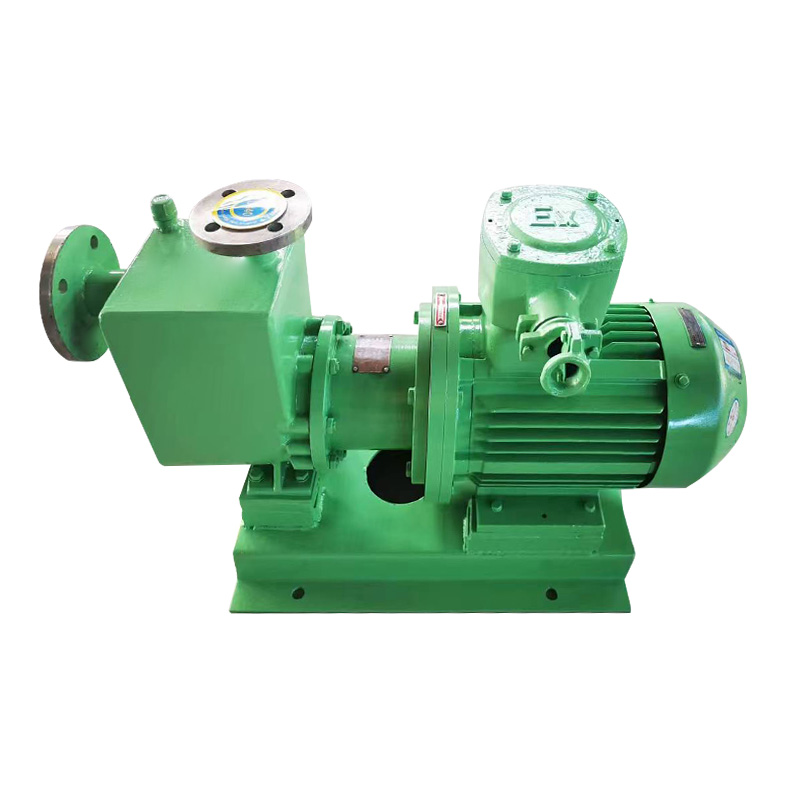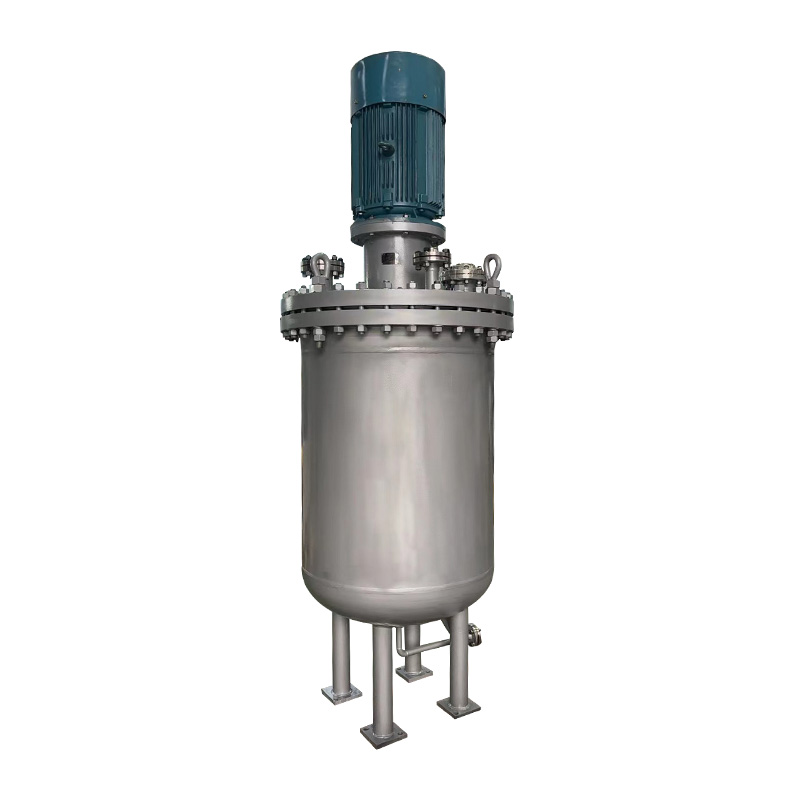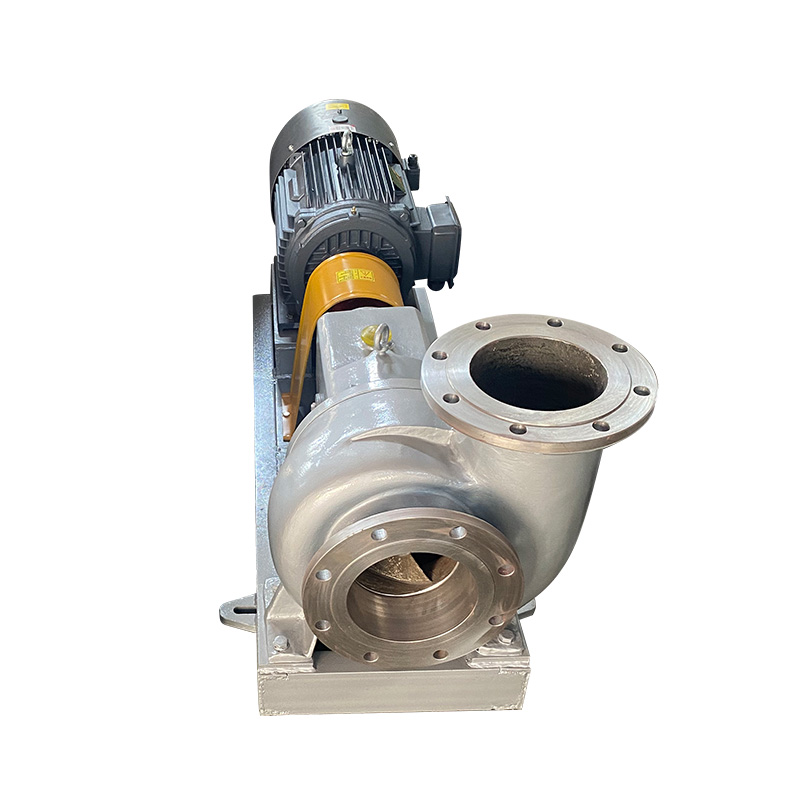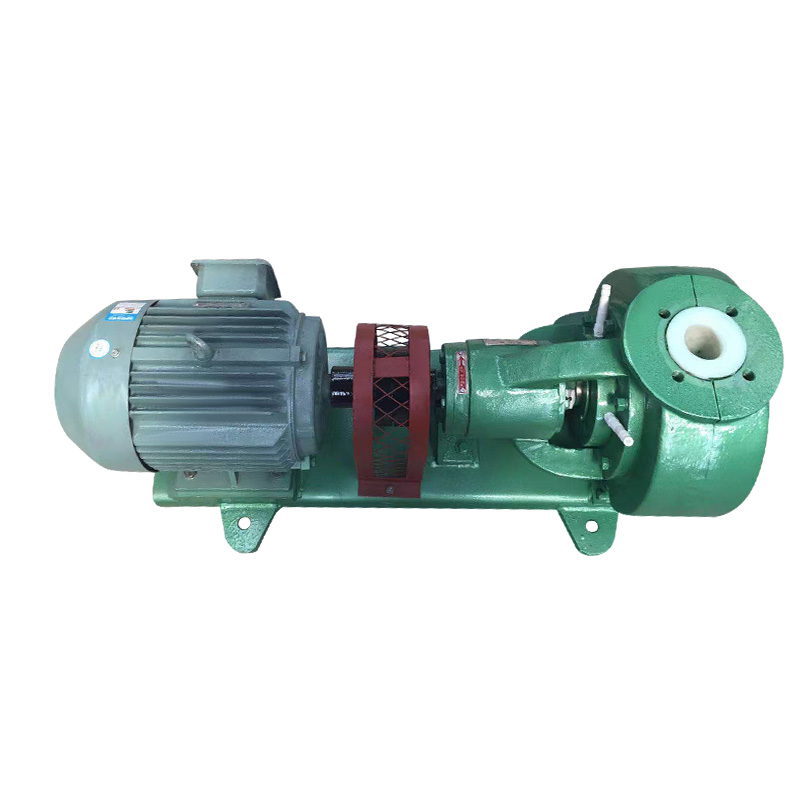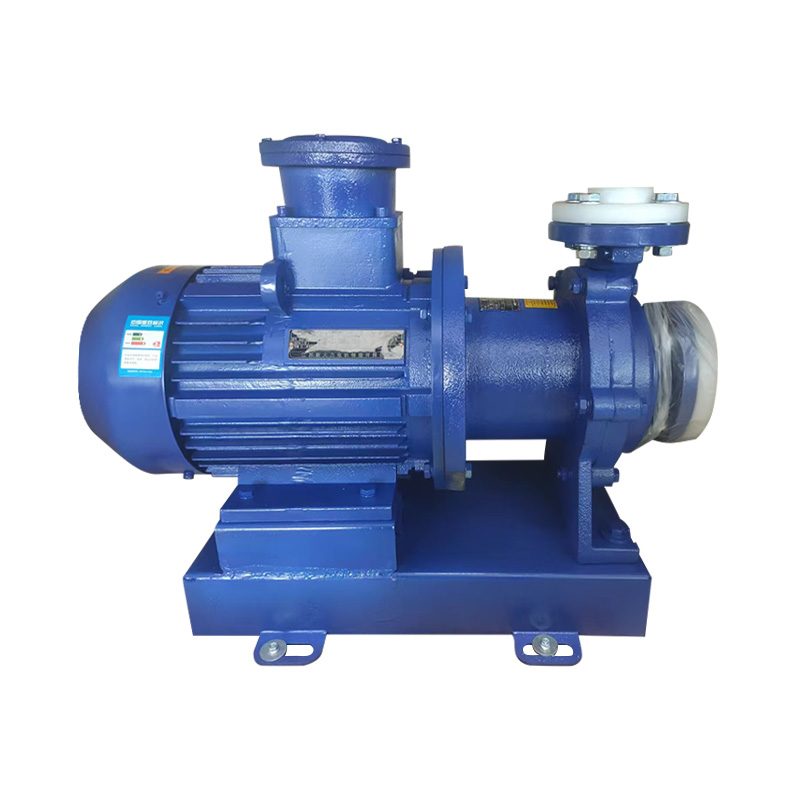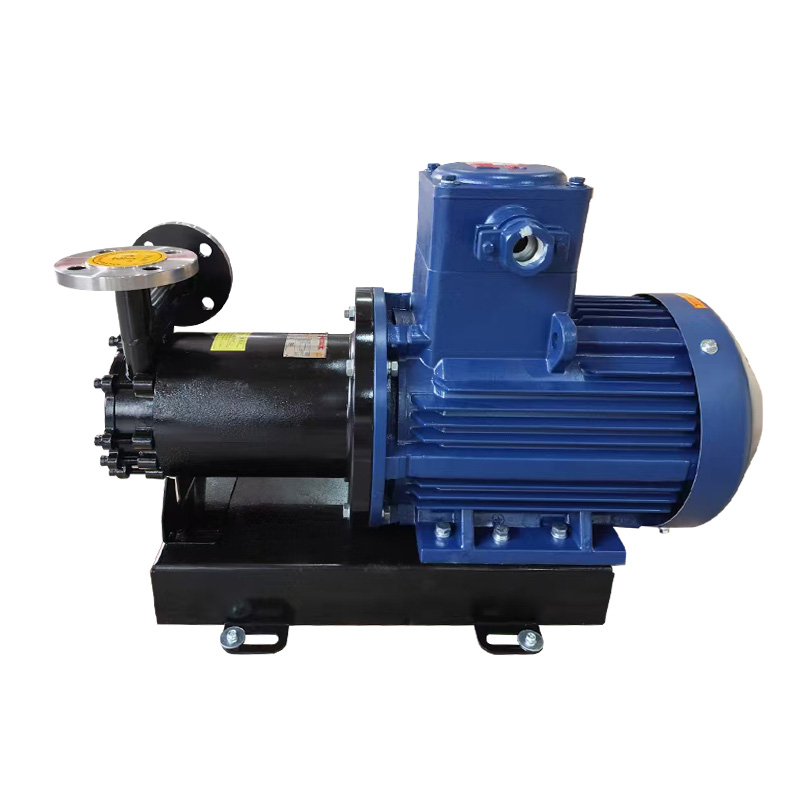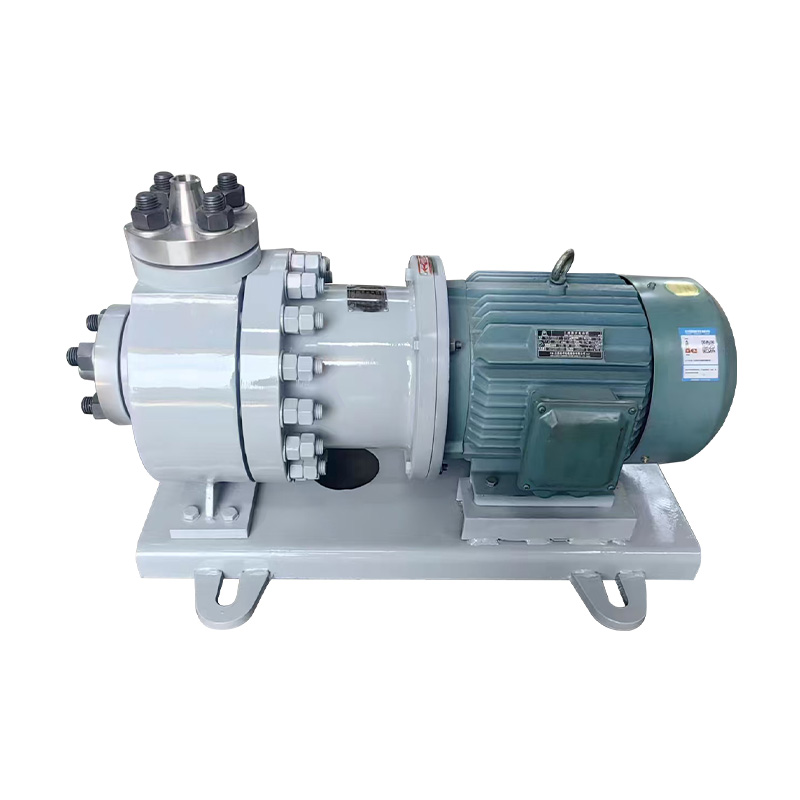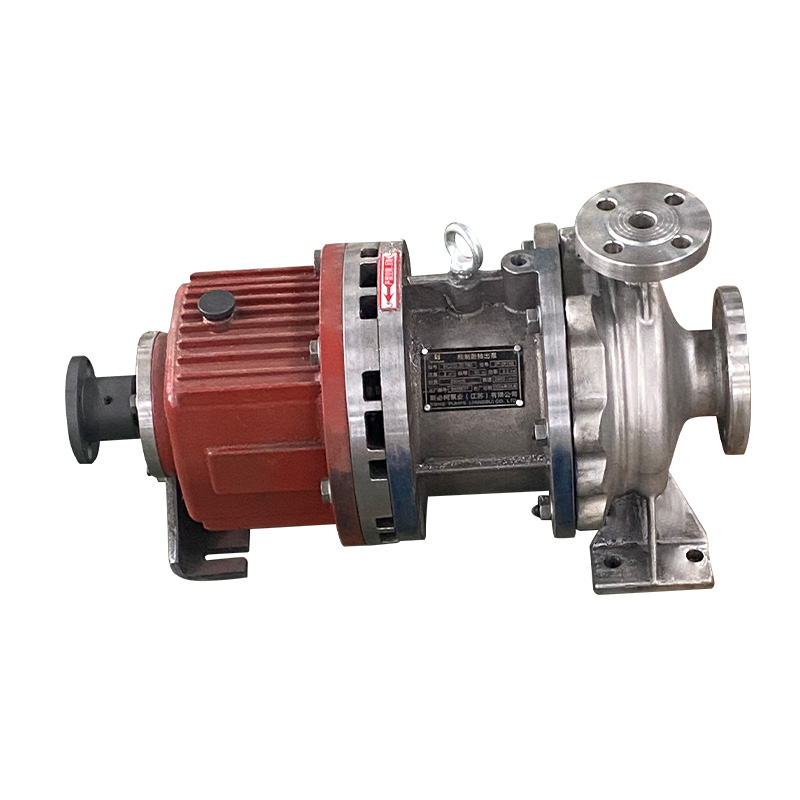1. Horizontal layout reduces installation complexity
The horizontal Sp mixed flow pump adopts a horizontally placed structural design, making it more intuitive and convenient during the installation process. Compared with the vertical mixed flow pump, which needs to be installed vertically and relies on additional overhead support, the horizontal structure does not require additional fixed support operations, which greatly reduces the amount of work and the complexity of equipment layout at the beginning of installation. Due to the low center of gravity of the equipment, the required installation steps are simpler during the process of transportation, positioning and docking, avoiding the additional challenges of high-altitude operations, and also reducing the safety risks of construction workers during operation.
2. Adapt to a variety of spatial conditions and flexible layout
The limitation of installation space is often one of the key factors to be considered when arranging fluid conveying equipment. The low center of gravity design of the horizontal Sp mixed flow pump enables it to be flexibly arranged under various spatial conditions without the need to adjust the equipment support structure, thereby reducing the special requirements for the installation environment. Especially in places with limited height, the vertical structure may face the problem of exceeding the height limit, while the horizontal structure can adapt to the installation space more freely without significantly changing the surrounding environment. In addition, the shape of the equipment itself enables it to adapt to different spatial layout requirements, avoiding additional construction adjustments caused by the mismatch between the equipment size and the environment.
3. No need to adjust the pipeline additionally, optimizing the installation process
The docking of the pipeline system is an important part of the installation process of pump equipment. Any mismatched pipeline layout will increase the difficulty of construction and extend the installation period. The structural design of the horizontal Sp mixed flow pump makes the pipeline interface more intuitive, without the need to adjust the pipeline direction, and can be efficiently docked with the established pipeline system. Compared with the vertical pump, which may require additional elbows, brackets or diversion devices to adapt to the pipeline layout, the horizontal structure can reduce these additional workloads, thereby improving the accuracy of installation, shortening the construction period, and reducing the risk of errors caused by complex docking. This feature not only reduces the reliance on additional accessories, but also improves the overall matching degree between the equipment and the pipeline, making the pump station layout more compact and reasonable.
4. Improved construction efficiency and saved installation time
The improvement of installation efficiency is crucial to the progress of the project. The layout of the horizontal Sp mixed flow pump reduces the need for complex lifting equipment, making the installation process more efficient and quick. Due to its strong structural stability, it is not easy to cause position deviation during transportation, positioning and final fixing, which further reduces the adjustment time. After installation, there is no need for excessive structural reinforcement or additional support, and it can be put into use faster. Compared with the vertical structure, which may take a long time to fix and debug, the horizontal structure reduces these additional steps, greatly improving the construction efficiency.
5. Convenient maintenance and reduced difficulty of later adjustment
An important extension of installation convenience is the convenience of later maintenance. The horizontal structure of the horizontal Sp mixed flow pump allows each key component of the equipment to be inspected and replaced without dismantling the entire equipment, which means that during the initial layout of the installation, there is no need to reserve too much additional space for future maintenance. In addition, when disassembling and repairing, the components of the horizontal structure can be directly moved horizontally without vertical lifting, which not only reduces the maintenance time, but also reduces the downtime caused by equipment disassembly and assembly during maintenance. When the equipment needs to be adjusted or replaced, its installation method makes the rearrangement and docking work smoother, reducing the additional investment in the operation and maintenance process.
6. Stable structure, avoiding the need for additional support
When installing a vertical mixed flow pump, additional support structures are often required to ensure its stability, while the low center of gravity design of the horizontal structure makes it naturally more stable. This design makes the equipment more balanced during operation, reduces the impact of vibration, and also reduces the special requirements for the installation foundation. During the construction process, vertical equipment may require additional fixing measures, such as foundation reinforcement, special frame support, etc., while the horizontal structure can be directly installed on a stable horizontal surface without additional structural reinforcement, thereby reducing construction steps and material consumption, making the installation more concise and efficient.
7. Suitable for modular installation and improved scalability
Modular installation is a major trend in the development of fluid conveying equipment today, and the structural characteristics of the horizontal Sp mixed flow pump make it easier to form a modular layout with other equipment. Due to its horizontal arrangement, multiple devices can be arranged in parallel as needed without being affected by height restrictions. This feature makes equipment expansion more convenient. When the system conveying capacity needs to be increased, there is no need to redesign the entire equipment layout, and the expansion can be completed by adding corresponding units. This modular installation method not only simplifies the construction process, but also improves the flexibility of the overall system, allowing the equipment to be quickly adapted and upgraded under different working conditions.



 English
English русский
русский Español
Español
